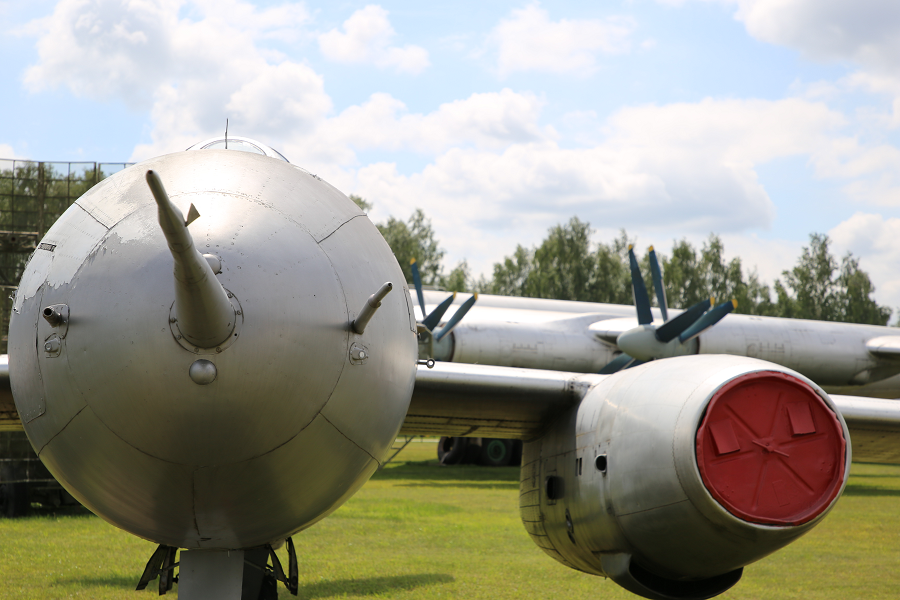Yak-25R. A Soviet reconnaissance aircraft from 1959. Flight range – 3000 km, max. speed – 850 km/h, ceiling – 20500 m
The Yakovlev Yak-25 (NATO designation Flashlight-A/Mandrake) was a swept wing, turbojet-powered interceptor and reconnaissance aircraft built by Yakovlev and used by the Soviet Union.
The Yak-25 originated from a need for long-range Interceptor aircraft to protect the USSR’s northern and eastern territory. The specification for a two-seat, twin-engine jet fighter and a related reconnaissance aircraft was issued by Joseph Stalin on 6 August 1951.
Yak-120
Yakovlev began developing a two-seat, twin-engine patrol interceptor, designated the Yak-120 by the design bureau, in 1951. It received official authorization by a directive of the Council of Ministers on 10 August of that year. In a break from previous Yakovlev designs, the Yak-120’s thin, mid-set wings were swept back at a 45 degree angle with large two-section flaps. To provide more directional stability, a ventral fin was attached below the swept cruciform tail. The aircraft was powered by two Mikulin AM-5 turbojets, mounted in nacelles that were attached directly to the undersurface of the wing.
The design maximized fuel capacity to provide greater endurance, resulting in the usage of a bicycle undercarriage with a single-wheel nose unit and a two-wheel main unit, augmented by outrigger struts mounted under the wingtips. The Yak-120 was configured to carry a conformal drop tank on the centerline of the fuselage to provide additional endurance.
The Yak-120 exceeded the Air Force specific operational requirements in all aspects except for speed and range. Its 3-hour and 45 minute endurance without a drop tank (4 hours and 15 minutes with tank) and 2,800 km range on internal fuel at 12,000 m altitude allowed it to fly long-range patrols. Being smaller and lighter, it surpassed the performance of the competing Lavochkin La-200B. However, the aircraft could not be submitted for state acceptance trials due to delays in the development of the RP-6 radar. As a result, the RP-1 Izumrood radar was fitted as a temporary substitute in early December.
The Yak-120 was tested at the Scientific Research Institute of the Air Force (NII VVS) with the RP-1 between May and June 1953.
With mostly positive results, the aircraft was authorized for production with the service designation Yak-25.
The test results from the NII VVS were approved as specifications for the Yak-25 by a Council of Ministers directive on 8 September.












